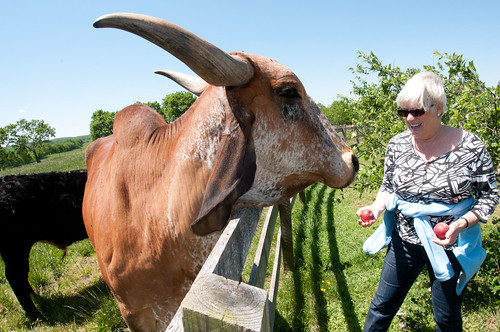One of the most sensible ways to improve your diet and give yourself a fun an interesting hobby is to plant an organic gardening. It does require some effort, however, though. This probably has you wondering where to start when it comes to organic gardening.
The ideal temperature to set your thermostat for indoor plants is between 65-75 degrees Fahrenheit during the day. The temperature needs to remain warm so they are able to grow. If you want to save money on gas bills in the winter, another solution you can utilize is to purchase heat lamps for your organic plants.
Keep your garden tools close by to maximize gardening efficiency.
When your plants begin to sprout, they will not be in need of the warmth they needed to germinate. Check on your seeds periodically to make sure you catch them when they are ready.
Laundry Basket
Use a laundry basket when you collect produce from your produce. The laundry basket is a perfect strainer for the fruits and vegetables.
Do you prefer to eliminate weeds without using commercial chemicals? You need many layers of newspapers in order to provide proper weed control. Weeds require sunlight in order to grow. The newspaper will kill the weeds because they no longer receive any sunlight. Newspapers tend to break down nicely over time to become part of the compost.You can then add a mulch layer right on top for aesthetic reasons.
Some common examples are petunias and ageratum. If you are wondering whether or not the seeds require direct sunlight, resources are usually provided with the seeds or can be found online.
When you are growing seedlings in your organic garden, try lightly petting your seedlings — either with the palm of your hand or something like a sheet of cardboard — once or twice each day. While it seems a little odd, research has shown that this method can increase the size of your plants.
Treated Wood
Create raised beds with stone, bricks or untreated wood.Choose wood that is resistant to rot and is untreated. The best varieties include cedar, locust and cedar woods. In a veggie garden, avoid using treated wood to enclose or demarcate different sections of your vegetable garden.If you must use treated wood, create a barrier, or some plastic.
Adjust your watering according to season and climate. For instance, if you live in a humid climate where it never goes below 30 degrees Celsius, refrain from watering the leaves, as doing so tends to foster fungus growth.
So, as you have seen, it is true that organic gardening requires research, work, and effort to start growing your own organic plants. Also, to get the best results, you must stay focused and keep up with it. Incorporate the insights you’ve learned here to get your organic garden growing this year.

